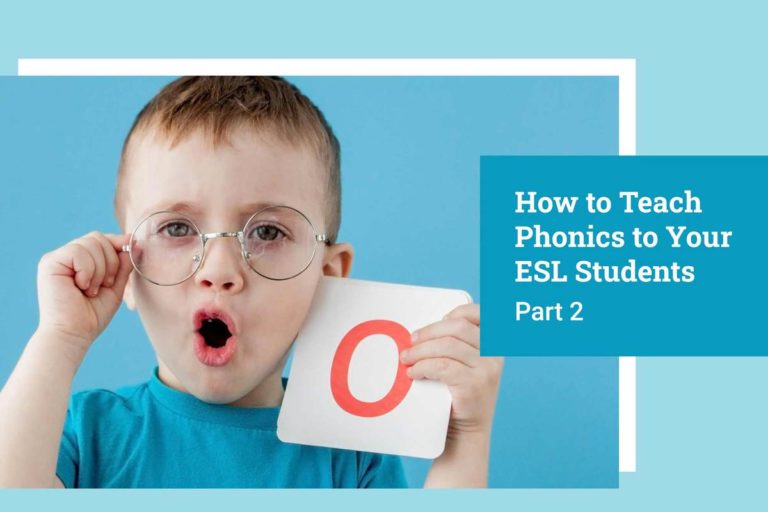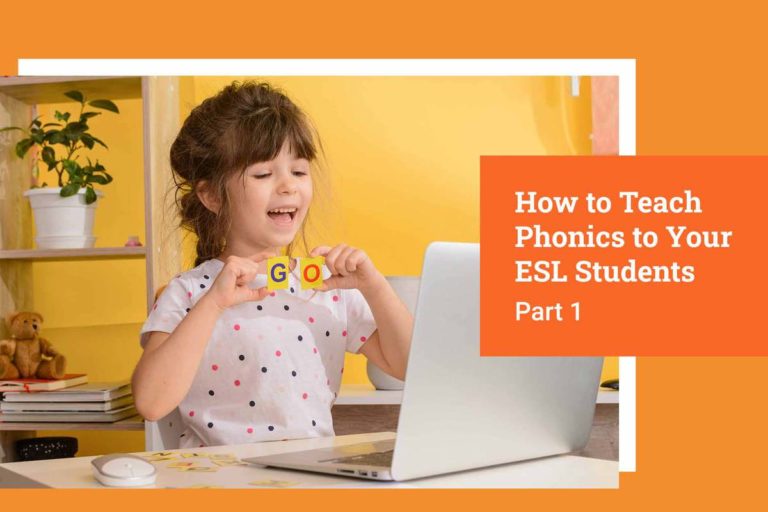Ready to start teaching English online?
Teach with VIPKidAdaptability
In order to create a student-centered classroom, teachers continually adapt to meet the learner’s needs. This adaptability is based upon the teacher’s ongoing assessment of a student’s needs academically, behaviorally, and emotionally.
By Hillary B
A lesson plan is beautifully organized with objectives and materials. However, what happens if you have never met the student before and they arrive uninterested in the cute puppet reading the story? What happens if the content you are teaching is too challenging for the learner?
What happens is teachers adapt to meet the need at that moment. Good teachers make habits of:
- Remaining calm, collected, and confident.
- In the online ESL classroom, like VIPKid, we are faced with two main reasons we may need to adapt: student language ability and interest. Let’s further break down these two categories to see what they mean and how we can address the need to adapt.
Language Ability
1) Simplification
Simplification is needed for learners when a concept is too challenging for their current academic needs. Simplifying sentences or phrases into smaller chunks can allow the student to more easily replicate the target output.
Presenting the content in another way can offer another way to make a learning connection. Read it, write it, chant it, show it, do it. If you are learning about sea animals and the learner is finding it difficult to remember the name of the turtle, put two hands on top of each other with palms down to make a turtle. Encouraging the student to mimic the same motion is an example of Total Physical Response. Including this type of movement is a way for learners to better understand new concepts. Use technology to your advantage and show a GIF of a turtle swimming in the ocean. Clap the syllables of the word– tur-tle, tur-tle, tur-tle. Did you find yourself trying to make a turtle with your hands and clapping along?
When the learner is actively engaged in the methods of simplification, they often even forget that it was challenging in the beginning!
2) Extension
Extension means building upon what the student knows to teach or apply a new concept. If a student arrives at the lesson and demonstrates mastery of the learning objective goals, then extending the content is needed to make the most of the class time together. With other students, this is a great use of class time if a lesson finishes quickly. An example concept from a lesson is the sentence frame, “I see an apple.” Here are some extension activity examples:
Colors
“I see a red apple.”
Number
“I see five apples.”
Conversation
“Do you like apples?”
“Yes, I like apples.”
Student Interest
1) Personality Type
Is the student shy and bashful when you open the camera? Or are you greeted by smiles, chatter, and lots of energy? Engaging these different personalities will look different. A shy learner may benefit from a patient teacher that is calm and encouraging. Their hesitance to speak can stem from nervousness or uncertainty. A puppet saying hello can seem less threatening than an adult stranger. On the other hand, an energetic student may enjoy a classroom with more movement and singing incorporated into the learning activities. If teachers don’t adjust our delivery based on the student’s personality type, they risk frustration for both the teacher and the learner.
2) Interests
Learners have different interests, but that doesn’t mean you can’t predict some things based on their age. Young learners often are interested in toys, costumes, and puppets. Including these in the classroom can increase a student’s interest in the lesson. Older learners may be more interested in school subjects and sports topics. Allowing an older student to share their interests may lend to a stronger rapport with the teacher in the classroom.
Adapting to meet the needs of a student’s language abilities and personality will create a personalized classroom delivery that is focused on the student. Minute for minute, no two lessons will look the same. However, a personalized approach allows teachers and learners to flourish in the classroom!
Earn $15-22 an hour Teaching English from Home
If you enjoyed this article, check out our blogs on Student Behavior and Classroom Reward Systems.
This Teaching Essentials Blog Series looks at some tools-of-the-trade for online ESL instruction. In it, we explore a few key concepts and dive into what makes them indispensable to our teachers.
Hillary has been teaching with VIPKid since March 2017. She is from Nashville, TN, USA. She’s a work from home mom living out the daily joys of both teaching ESL students and raising her children.



